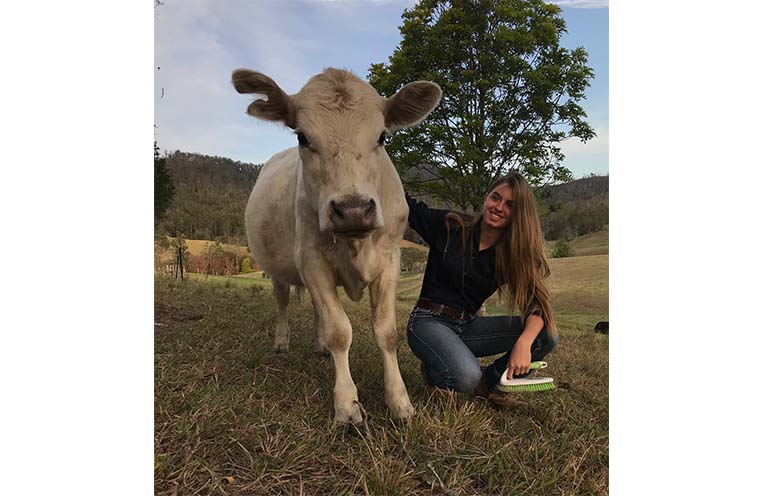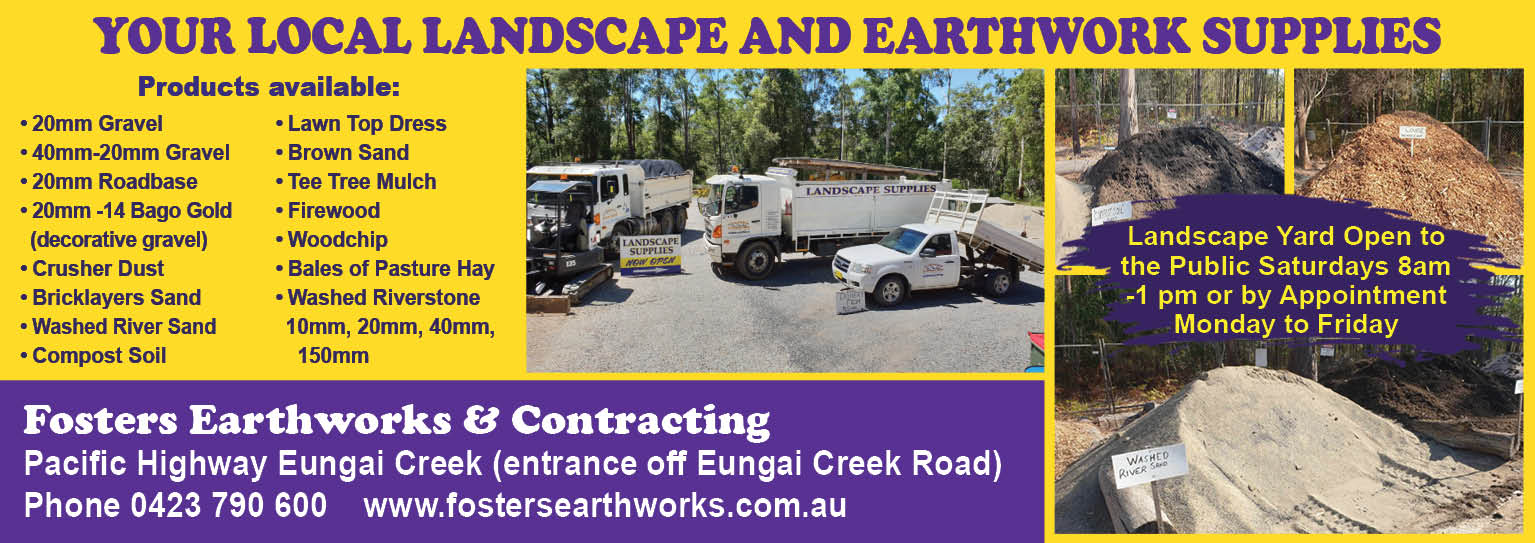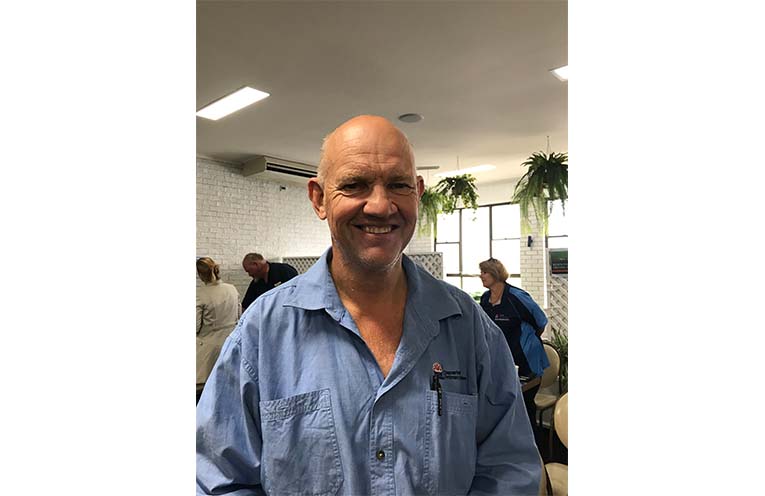
WITH the Nambucca Valley currently experiencing drought and predicted to have a dryer than average summer, it may be time for cattle farmers to consider early weaning, from three months of age, to ensure breeder cows have enough nutrition to calve again next season.
So said Todd Andrews, Beef Development Officer with the NSW Department of Primary Industries, speaking at a Local Land Services workshop for farmers at the Bowraville Ex-Services Club last Thursday.
 Advertise with News of The Area today.
Advertise with News of The Area today.It’s worth it for your business.
Message us.
Phone us – (02) 4981 8882.
Email us – media@newsofthearea.com.au
Weaning is a stressful time for cows and calves but there are ways that distress can be reduced.
“We wean calves in a paddock or yard next to their mothers,” explained one South Arm farmer.
“That way, although they are still noisy, they take comfort from knowing that Mum is nearby.”
According to the Meat and Livestock Australia (MLA) website, when animals are weaned, they become more accustomed to humans and adapt better to feedlots, sometimes a necessity in times of drought.
Cattle who are at ease around people experience less stress during transport and handling.
Mr Andrews suggested farmers download the DPI’s Drought and Supplementary Feed (DASF) Calculator, available for android, Apple or computer, which will help them to calculate exactly how much feed they will need, how much it will cost and allow them to compare different types of feed for a cost and benefit analysis.
Other advice he offered to help farmers survive the current dry season is to shut gates and limit the range of their cattle.
Mr Andrews explained that allowing the cattle the run of the property might have worked in previous, more abundant seasons but for now, “Shut the gates!”.
This will give paddocks time to recover and prevent cattle from expending energy looking for food, far and wide.
“Of course, depending on the size of the pasture the cows can access, this may mean supplementing food and that is where the DASF Calculator app can help farmers to understand whether this works for them.”
Mr Andrews was keen to remind local farmers of the positives as he saw them.
“Your cows should have been in good condition when they calved this year after several good years and although prices are low now, farmers have enjoyed high prices last year and hopefully are currently in a better financial position and are therefore not forced to sell yet.”
He also notes that although it can’t offer certainty, the weather predictions for the area point to a dryer than average summer but still an improvement on recent months.
“For us on the coast, summer weather patterns are not as influenced by the El Nino system as inland areas,” he said.
Mr Andrews’ message to farmers facing dry times was to make a plan for the next 100 days of their farm.

